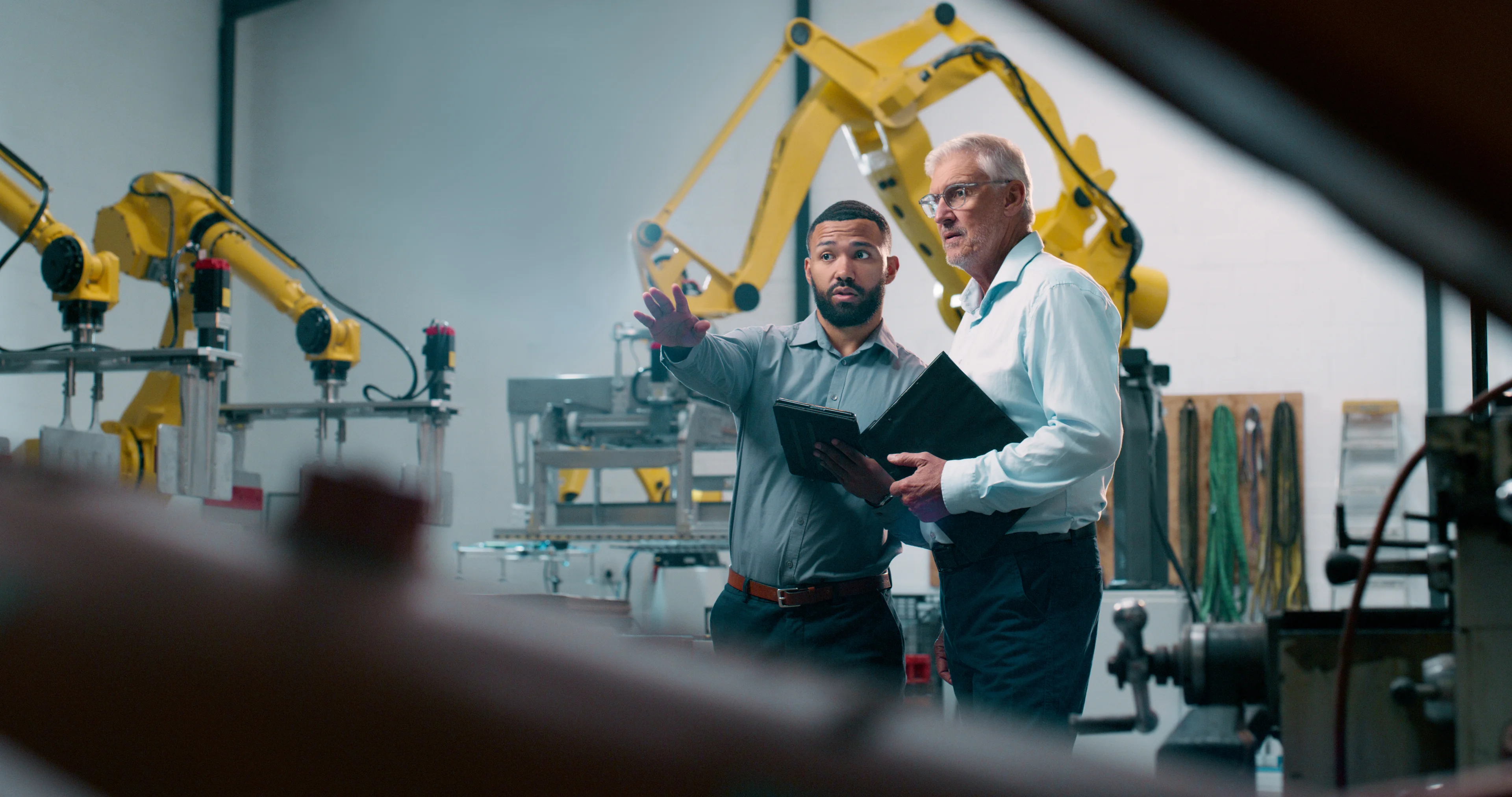
New Bill Brings Major Incentives for Innovation: R&D Tax Credit Updates
The research and development (R&D) tax credit landscape has changed in two major ways as a result of The One Big Beautiful Bill Act (OBBBA), giving businesses new tax planning options and opportunities for increased cash flow.
1. Restores Full Expensing, Adds Amortization Options
In recent years, many businesses investing in R&D have struggled with the burden of amortizing costs over a five-year period—a provision of the Tax Cuts and Jobs Act of 2017. Beginning in 2025, OBBBA restores full expensing, meaning companies can once again deduct domestic R&D costs in the year incurred (foreign investment remains unchanged at a 15-year amortization requirement). For those investing in domestic R&D, that can put significant dollars back into the business in the near term.
In addition to bringing back the immediate deduction of domestic R&D costs, the bill includes the alternative of amortizing the expenses over a five- or 10-year period, offering more tax planning flexibility.
2. Provides Retroactive Relief
For expenses incurred during tax years 2022 – 2024, larger taxpayers can choose to accelerate and deduct unamortized domestic R&D costs in 2025, or deduct them ratably over 2025 and 2026. Smaller businesses (revenues less than $31 million based on average annual gross receipts for tax years 2022 – 2024) have an unprecedented opportunity to amend returns for those years, opening up the potential for significant refunds for costs capitalized under the old tax bill. Returns must be amended by July 4, 2026, to take advantage of these retroactive benefits.
Exploring the R&D Tax Credit
So what is the R&D tax credit, and might your business qualify?
Introduced in 1981 to incentivize innovation and promote economic growth, the credit generally applies to expenses incurred during qualified research, such as in developing a new product or process or improving an existing product or process. The research must include a process of experimentation to improve function, performance, reliability or quality, or significantly reduce costs.
Over the years, the credit has undergone adjustments that give it a broader application to more businesses, but many still make the assumption that their activities aren’t technical enough in nature to warrant consideration for the credit.
Before counting your business out, consider some examples that may qualify as R&D activity, and four questions to ask yourself.
R&D Examples to Consider
- A business designs a database to improve its storage and retrieval of information.
- A manufacturer automates a production line to increase efficiency.
- A brewery creates a new distilling process or improves packaging methods.
- A construction company designs and tests more sustainable materials options.
The product or process doesn’t have to be a new invention; rather, it must be new to your business (something you’ve never done before).
4 Questions to Ask
- Does your work involve a new or improved product, process, software, formula, technique or innovation?
- Is your work technological in nature, as in the process of experimentation, or does it rely on physical or biological science, engineering or computer science?
- Was there technical uncertainty encountered for a given product design or process development?
- Does the work call for a process of experimentation to resolve a technical uncertainty?
What’s Your Potential for Tax Savings?
Whether you’re unsure of your R&D tax credit potential or need help maximizing these changes for your existing R&D efforts, our tax pros stand ready to help you make the most of the tax credit and new expensing opportunities available to you.



